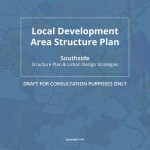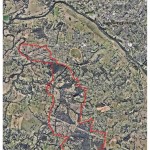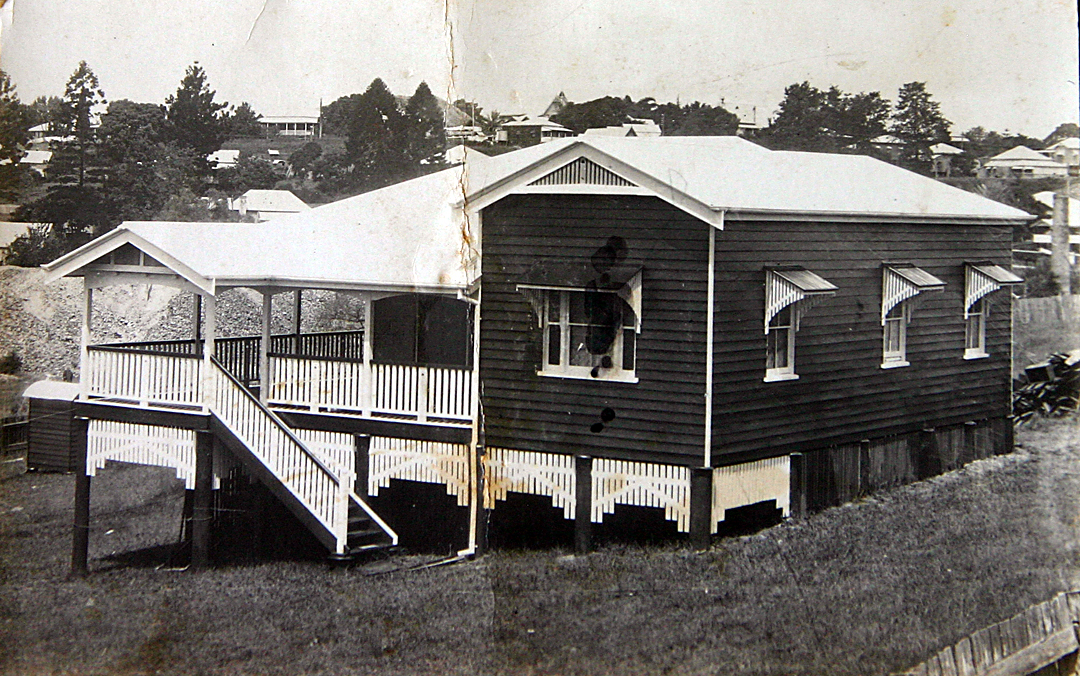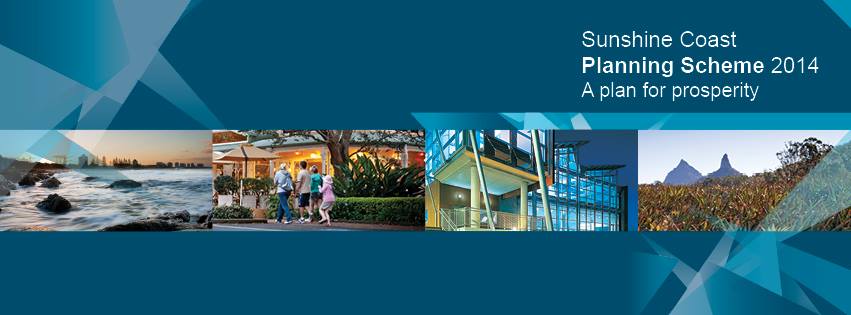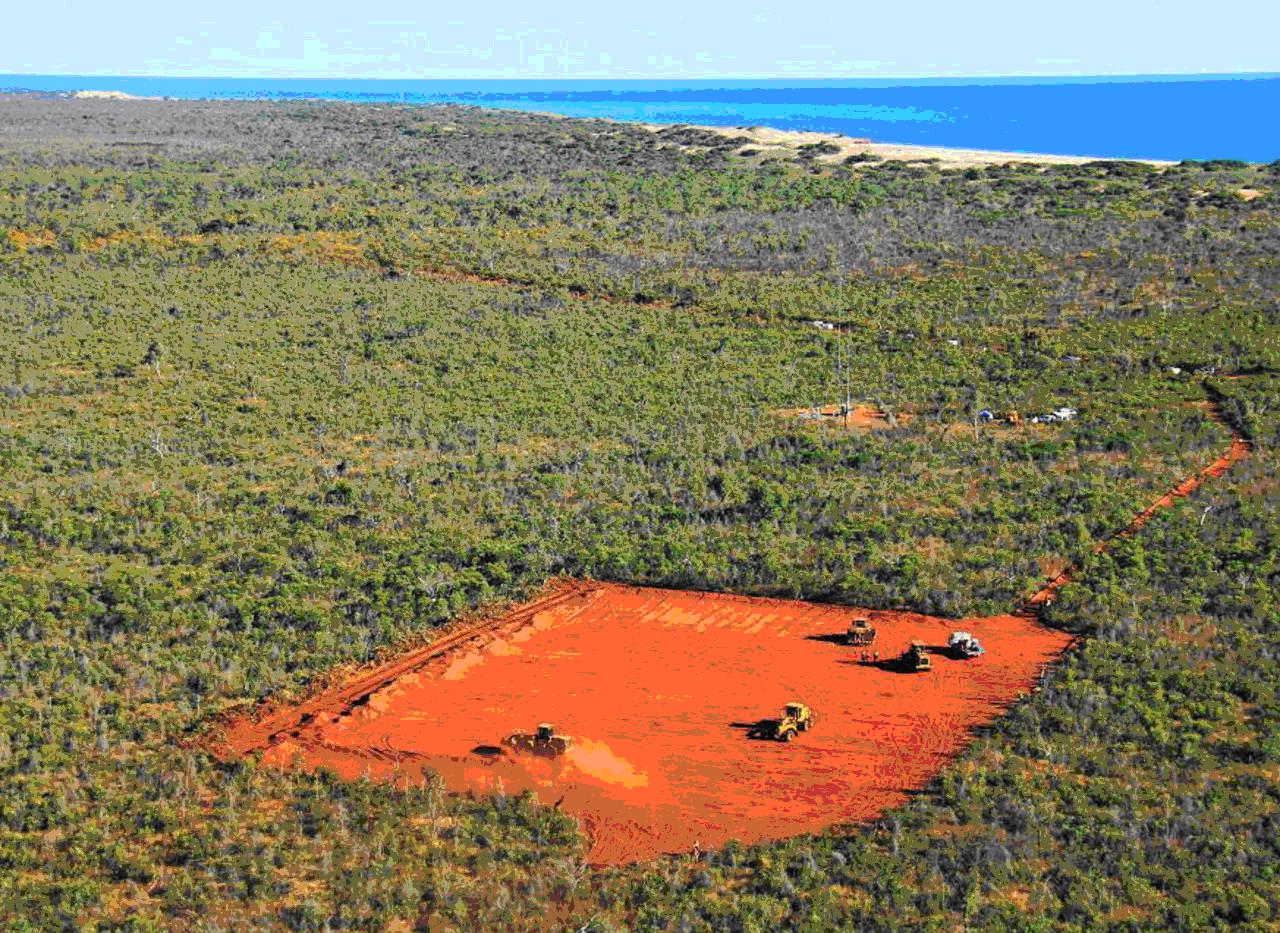Feedback requested by Gympie Regional Council on Final Draft of Structure Plan for Southside Local Development Area
When the current planning Scheme over the Gympie Regional Council area first came into force in July, 2013, it limited future subdivision and land use development in three precincts around the city of Gympie until structure plans were adopted for each respective area by the Gympie Regional Council. These three precincts are defined as local development areas in the planning scheme and within the localities of Southside, East Deep Creek and Victory Heights https://www.gympie.qld.gov.au/planning-scheme
Martoo Consulting has a long history and extensive experience in dealing with development proposals in and around each of these precincts. Because of this Martoo Consulting has been liaising with Gympie Regional Council on Council’s proposal to adopt structure plans over these local development areas since before the current Gympie Regional Council planning scheme (2013) was introduced. More recently Martoo Consulting has made submissions to Gympie Regional Council on behalf of several landowners on the preliminary Draft Structure Plan for the Southside Local Development Area. Gympie Regional Council has recently released the final draft Structure Plan and has invited feedback from landowners and the broader community until 5pm on 23 December 2016. Again Martoo Consulting is working with certain landowners and the general community to help ensure that their interests are better represent in the adopted Structure Plan for the Southside Local Development Area. Martoo Consulting can be contacted if any assistance is required in providing feedback to Gympie Regional Council.
